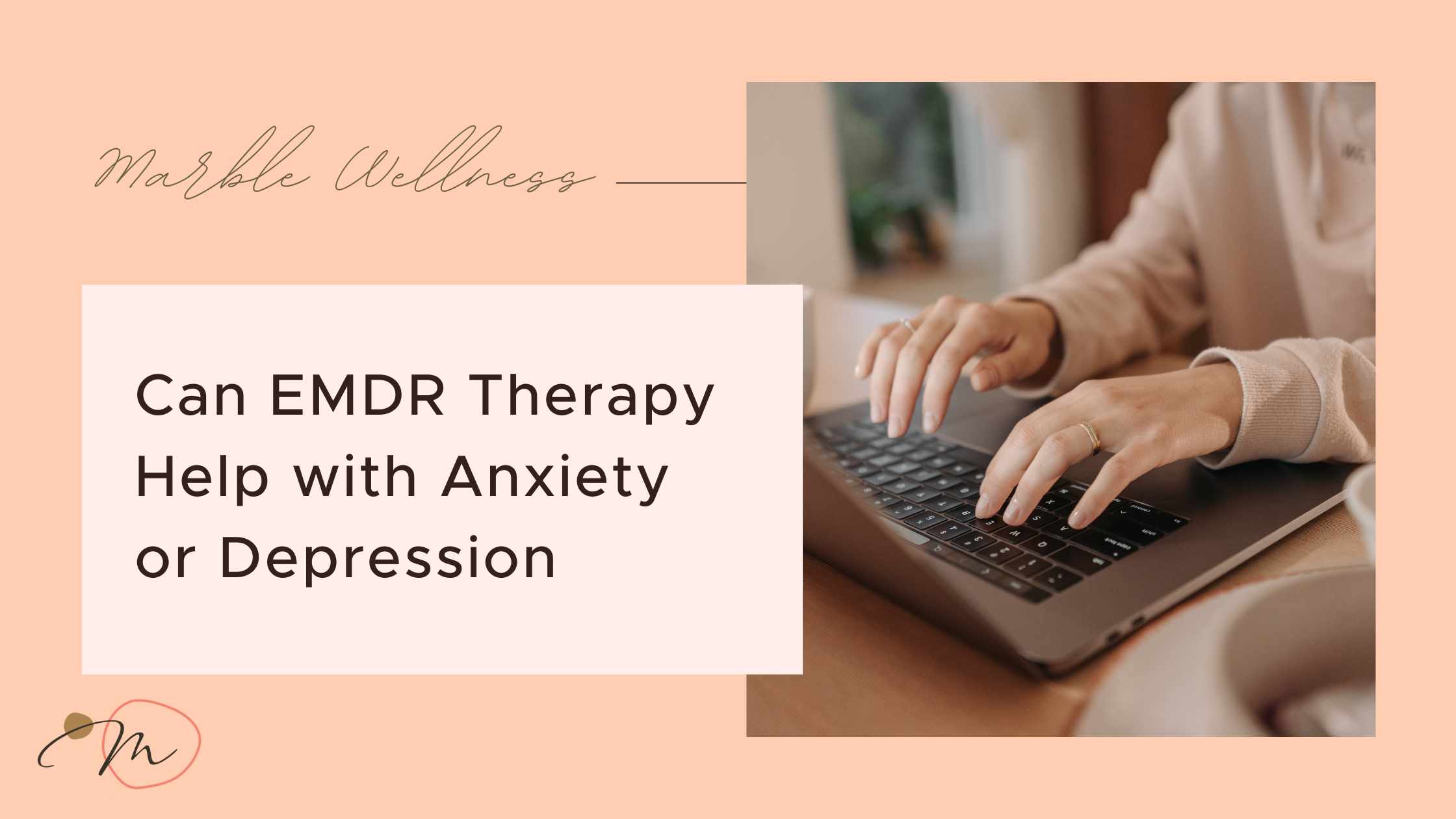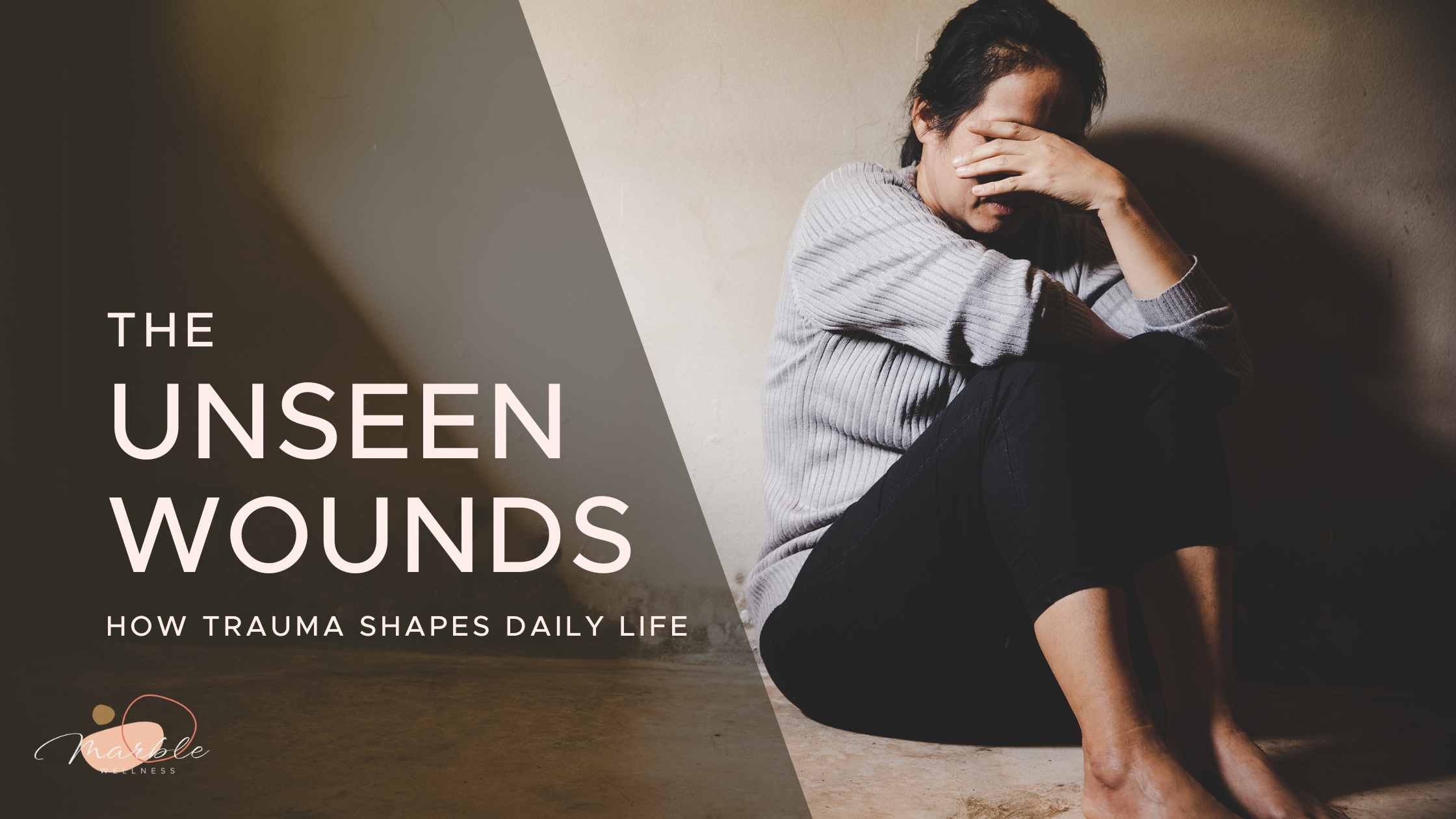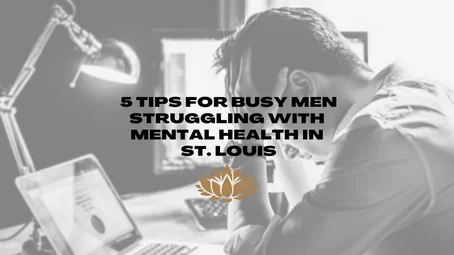Anxiety and depression are two of the most common mental health struggles people face. If you’ve ever found yourself trapped in a cycle of constant worry, we get it. Perhaps you’re feeling like you can’t shake the heaviness, or struggling to find joy in life? Well, you’re not alone. Both anxiety and depression can make everyday tasks feel overwhelming, and they can affect your relationships, work, and overall sense of well-being.
Or, maybe you’ve been dealing with anxiety or depression for a while. Traditional talk therapy has been helpful—but your symptoms haven’t resolved as much as you’d hoped. You might be wondering if there’s something else out there that could help, but you’re not sure where to turn next. That’s where EMDR therapy might come in.
If you’re curious about how EMDR could support your mental health journey, you’re in the right place. In this blog, we’ll explore how this therapy works and how it can offer relief from the weight of anxiety and depression.
How EMDR Therapy Can Help with Anxiety and Depression
When you’re struggling with anxiety or depression, it can feel like you’re carrying a heavy weight, one that’s hard to shake. Traditional talk therapy can definitely help, but sometimes, it might not feel like enough. If you’re finding that your anxiety still holds you back or your depression keeps you stuck, it’s natural to wonder if there’s something more you can try. This is where EMDR therapy (Eye Movement Desensitization and Reprocessing) might offer the breakthrough you need.
EMDR therapy doesn’t just talk about your feelings. It works on helping your brain and body process the past experiences that could be contributing to your symptoms. Whether your anxiety feels tied to specific triggers, or your depression is the result of past trauma, EMDR can help release that stuck energy and allow your brain to heal.
What’s the Link Between Trauma and Anxiety or Depression?
A lot of people don’t realize that anxiety and depression can be tied to past experiences, including trauma. Trauma doesn’t have to be a big, dramatic event—it could be something that happened long ago, something unresolved, or even something that felt small at the time but left lasting impacts. Here’s how trauma might show up in anxiety and depression:
- Unresolved emotional pain: Trauma or distressing events can get stuck in the brain and body, creating a cycle of negative emotions and self-talk that fuels anxiety and depression.
- Overactive fight-or-flight response: The brain may perceive danger where none exists, keeping you on edge and anxious. This can also contribute to feeling emotionally numb or “shut down” with depression.
- Negative beliefs about yourself: Trauma may lead to a sense of hopelessness or self-blame, which can feed feelings of worthlessness and depression.
How EMDR Can Help You Break Free from Anxiety and Depression
EMDR is different from traditional therapy because it helps you access and process traumatic memories and distressing emotions more directly. The goal of EMDR is to shift how your brain stores memories, so they no longer trigger the same emotional and physical responses.
Here’s how EMDR therapy works for anxiety and depression:
- Targeting the root causes of symptoms: EMDR helps you identify specific memories or events that might be at the core of your anxiety or depression. These might be things that have caused emotional pain or unresolved feelings in the past.
- Reprocessing traumatic memories: Through bilateral stimulation (like eye movements or tapping), EMDR helps your brain reprocess these memories. This allows you to experience them without the overwhelming emotions that may have been linked to them.
- Breaking patterns of thinking: Anxiety and depression often come with negative thought patterns. EMDR can help shift those thoughts by helping you see events and experiences in a new light, reducing their emotional charge, and helping you replace old, unhelpful beliefs with healthier perspectives.
- Creating a sense of calm and safety: Once these negative patterns are reprocessed, many people notice that they begin to feel less triggered by past events, and their anxiety or depression symptoms start to feel more manageable. The emotional intensity of these memories reduces, making it easier to move forward.
What Does EMDR Look Like for Anxiety and Depression?
When you come in for EMDR therapy for anxiety or depression, here’s what you can expect during a typical session:
- Starting with your history: Your therapist will start by understanding the background of your anxiety or depression, including any significant memories or experiences that might be contributing to your symptoms.
- Identifying target memories or feelings: Together, you and your therapist will focus on specific memories, situations, or triggers that seem to cause the most distress. You’ll explore the emotions, thoughts, and body sensations tied to these experiences.
- Bilateral stimulation: This part can feel a little unusual at first. While focusing on a specific memory, you’ll be guided through bilateral stimulation, which may include following your therapist’s fingers with your eyes, listening to tones, or feeling gentle taps. This helps your brain reprocess the memory in a more adaptive way.
- Shifting the emotional charge: Over time, you’ll notice that the emotions tied to these memories may feel less intense. This can help you feel more in control of your anxiety and less burdened by depressive thoughts.
- Reinforcing new, positive beliefs: The final part of the process involves installing positive, healing beliefs to replace the old, negative ones. This may include a belief like, “I am safe,” or “I am worthy of happiness.”
What Can You Expect After EMDR Therapy for Anxiety or Depression?
As you work through EMDR therapy, here are some of the changes you might begin to notice:
- Less emotional overwhelm: Your anxiety may start to feel less intense, and your depressive thoughts might feel less heavy.
- More peace and calm: You might feel more grounded in the present moment, with fewer intrusive thoughts or emotional triggers.
- New insights and understanding: As you process traumatic memories, you may gain new perspectives on yourself, your past, and your life, allowing you to feel more empowered and hopeful for the future.
- Improved emotional regulation: Your ability to manage your emotions may improve, making it easier to navigate difficult situations without feeling overwhelmed.
Is EMDR Therapy Right for You?
If traditional talk therapy hasn’t provided the relief you’re looking for, or if you feel stuck with anxiety or depression that just won’t go away, EMDR could be the missing piece. It’s especially effective for those who have experienced trauma, but it can also help those struggling with generalized anxiety, depression, or even complex issues like low self-esteem and chronic stress.
Consider EMDR Therapy in STL or Virtual EMDR in Missouri
If you’re ready to explore how EMDR therapy can support your mental health journey, reach out to us at Marble Wellness. Our St. Louis EMDR therapists would love to guide you toward healing, so you can finally experience the relief and peace you deserve.
Contact Us!
Learn About Our Group Offerings

Additional Counseling Services at Marble Wellness in St. Louis, MO
Our counseling services are designed to help set you on a path of living a more fulfilled, calm, and happy life. Our incredible team of STL-based therapists has a variety of training backgrounds and areas of expertise. We specialize in anxiety, depression, grief, chronic illness, therapy for men, couples, and maternal overwhelm. Our practice also helps new moms with various postpartum concerns, moms in the thick of parenting, and moms with teens. We can also chat from wherever you are in the state with online therapy in Missouri. No matter where you are in your mental health journey, we would love to support you.



